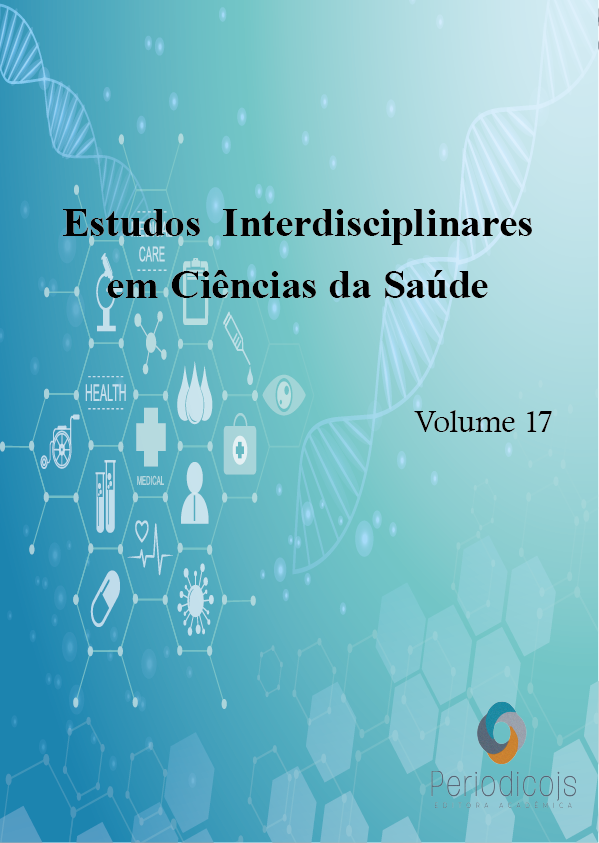Abstract
Anatomy is the study of the internal and external structure of living organisms, including organs, systems, tissues and cells. The skeletal system functions to support the body and protect vital organs. Fibrodysplasia ossificans progressive, also known as “FOP”, is a rare and little-known disease. This disease causes the formation os extra ossifications the body. The first symptoms of FOP can be noticed at birth, as the baby will have a shorter hallux on the foot and the other toes will be more curved. Imaging tests such as x-rays and tomography scans show heterotopic bones and are useful for diagnostic confirmation. In general, patients with FOP have a healthy life and are intellectually normal. But due to the disease, life expectancy is 40 to 46 years and can reach 60 years of age. For this disease, there is still no specific treatment. However, there are methods to relieve and prevent pain. Surgery to remove extra ossification is not indicated. The bones formed by FOP are the result of the progressive transformation os soft tissues into cartilage and bone. As a result, movement in the affected areas becomes difficult or impossible. New bone formation is called outbreak or flare up. This process is usually painful, accompanied by a low fever and there is no medication that can stop it once it has started.
References
ARAÚJO, Cyrillo, et al. Fibrodisplasia Ossificante Progressiva: relato de caso e achados radiográficos, 2005. Disponível em: https://www.scielo.br/j/rb/a/GxzVc7CBZRQTgtn83SZTWZv/# Acesso em: 25 de janeiro de 2024.
BITENCOURT, José J.; CONCEIÇÃO, Sandra M. Didático de Enfermagem: Teoria e Prática. Volume 1. 1º.ed. São Paulo. Eureka, 2017.
CORRÊA, Maria Bethânia R. Radiologia. São Paulo: DCL, 2010.
COSTA, Manuella Carvalho da; et al. Tecido Ósseo. Histologia Interativa. Universidade Federal de Alfenas/ MG. 2017. Disponível em : https://www.unifal- mg.edu.br/histologiainterativa/tecido-osseo/#. Acesso em: 06 de fevereiro de 2024.
DELAI, Patrícia L., et al. Revista Brasileira de Ortopedia. Fibrodisplasia Ossificante Progressiva: Uma doença hereditária de interesse multidisciplinar, 2004. Disponível em: https://rbo.org.br/detalhes/21/pt-BR/fibrodisplasia-ossificante-progressiva--uma- doenca-hereditaria-de-interesse-multidisciplinar Acesso em: 08 de fevereiro de 2024.
ENIAC. Técnico em Enfermagem: O que você precisa saber. Centro Universitário de Excelência. Guarulhos- SP, 2023.
FRANÇA, Camila Estevão de, et al. Didático de Enfermagem: Teoria e prática. Volume 1. 2° edição. São Paulo. Eureka, 2018.
LEMOS, Marcela Fibrodisplasia Ossificante Progressiva(FOP): O que é, sintomas e tratamento. Tua Saúde. Rio de Janeiro/RJ, 2022. Disponível em: https://www.tuasaude.com/fibrodisplasia-ossificante-progressiva/ . Acesso em: 22 de janeiro de 2024.
MUNIZ, Geovana. Anatomia do Corpo Humano. 2° edição. São Paulo. Pae Editora, 2022.
PASSOS, Vanda Cristina dos Santos. Didático de Enfermagem: Teoria e Prática. Volume 3. 2° edição. São Paulo, Eureka, 2017.
SANTOS, Cássia X.; TOSCANO, Sidnei A.; SOUZA, Maria A. Radiologia Médica: Anatomia, Fraturas e Contrastados. São Paulo. Editora Martinari, 2007.
SILVA, Tayana, et al. Fibrodisplasia Ossificante Progressiva: Relato de Caso. Revista Eletrônica Acervo Saúde. Volume 15(6), REAS, 2022.
SLEUTJES, Lucio. Anatomia Humana. 2° edição. São Caetano do Sul, SP. Yendis Editora, 2008.

